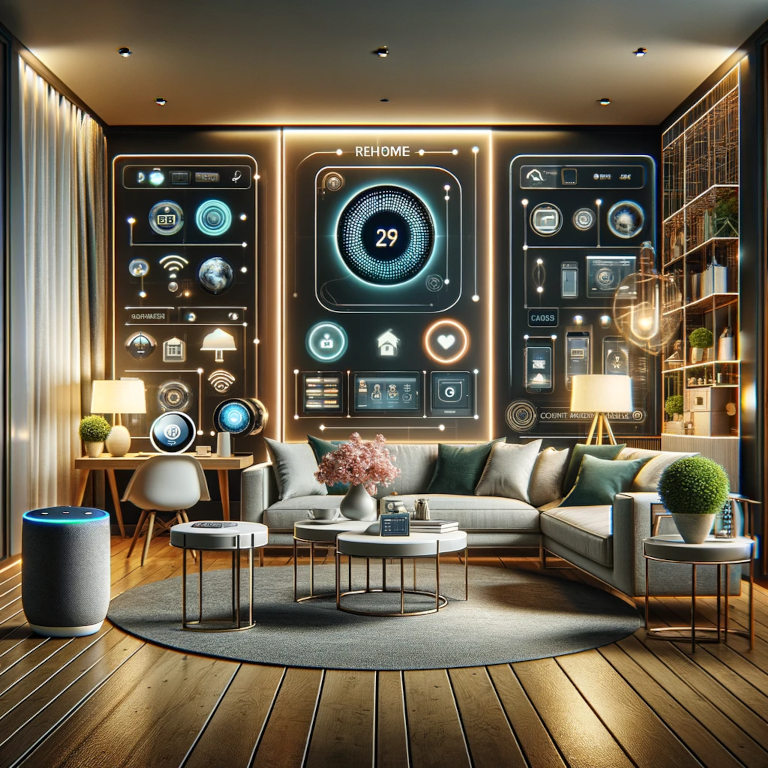In today’s rapidly advancing world, technology continuously reshapes how we interact with our environments, making life more convenient, secure, and energy-efficient. Among these innovations, home automation systems stand out as a cornerstone of modern living, offering unparalleled comfort and control within our homes. This article delves into the transformative world of home automation, providing a comprehensive guide on its benefits, key components, and how to integrate these systems seamlessly into your daily life.
The Evolution of Home Automation
Home automation, often referred to as “smart home technology,” integrates various household features with technology to automate and remotely control them. This concept is not new; however, recent advancements in IoT (Internet of Things) and AI (Artificial Intelligence) technologies have propelled it into a new era. Today, homeowners can manage everything from lighting, climate control, security systems, and entertainment through intuitive interfaces on their smartphones or voice-activated devices.
Core Components of Home Automation Systems
- Smart Thermostats and Climate Control: Devices like the Nest Learning Thermostat adjust your home’s temperature based on your habits and preferences, optimizing energy consumption and enhancing comfort.
- Intelligent Lighting Systems: Smart lighting solutions, such as Philips Hue, allow users to control light settings and colors remotely, setting the mood for any occasion and reducing energy use.
- Advanced Security Features: From video doorbells like Ring to comprehensive systems that monitor windows, doors, and even water leaks, home automation enhances security, providing peace of mind.
- Home Entertainment: Seamlessly integrate audio and visual systems throughout the home, controlled from a central hub or a smartphone, ensuring the ultimate entertainment experience.
- Voice Assistants and Hubs: Devices such as Amazon Echo and Google Home serve as the central point for controlling all connected devices, using simple voice commands.
Benefits of Automating Your Home
The allure of home automation lies in its myriad of benefits, which cater to lifestyle enhancements, security, and efficiency:
- Convenience: Control multiple aspects of your home from any location, providing a new level of comfort and convenience.
- Energy Efficiency: Smart systems optimize heating, cooling, and lighting, significantly reducing energy consumption and lowering utility bills.
- Security: Enhanced security features ensure that homeowners can monitor their homes remotely, receiving alerts for any unusual activity.
- Accessibility: Elderly or individuals with disabilities can benefit immensely from home automation, making it easier to control their environment effortlessly.
Implementing Home Automation in Your Living Space
To integrate home automation effectively, consider the following steps:
- Assessment of Needs: Identify what aspects of your home you wish to control or enhance.
- Choosing the Right Technology: Select systems that are compatible with each other and can be integrated smoothly.
- Professional Installation vs. DIY: Some systems may require professional installation, while others can be set up independently.
- Ongoing Updates and Maintenance: Keep your systems updated with the latest software to ensure efficiency and security.
Home automation systems are no longer the future—they are the present. They offer an exciting glimpse into a world where technology and convenience converge, making our homes smarter, safer, and more responsive to our needs. As we continue to explore the capabilities of these systems, the potential for further transforming our daily lives remains boundless.
By integrating smart technology into our homes, we not only enhance our living experience but also step into a more sustainable and efficient lifestyle, proving that the homes of the future are here today.






